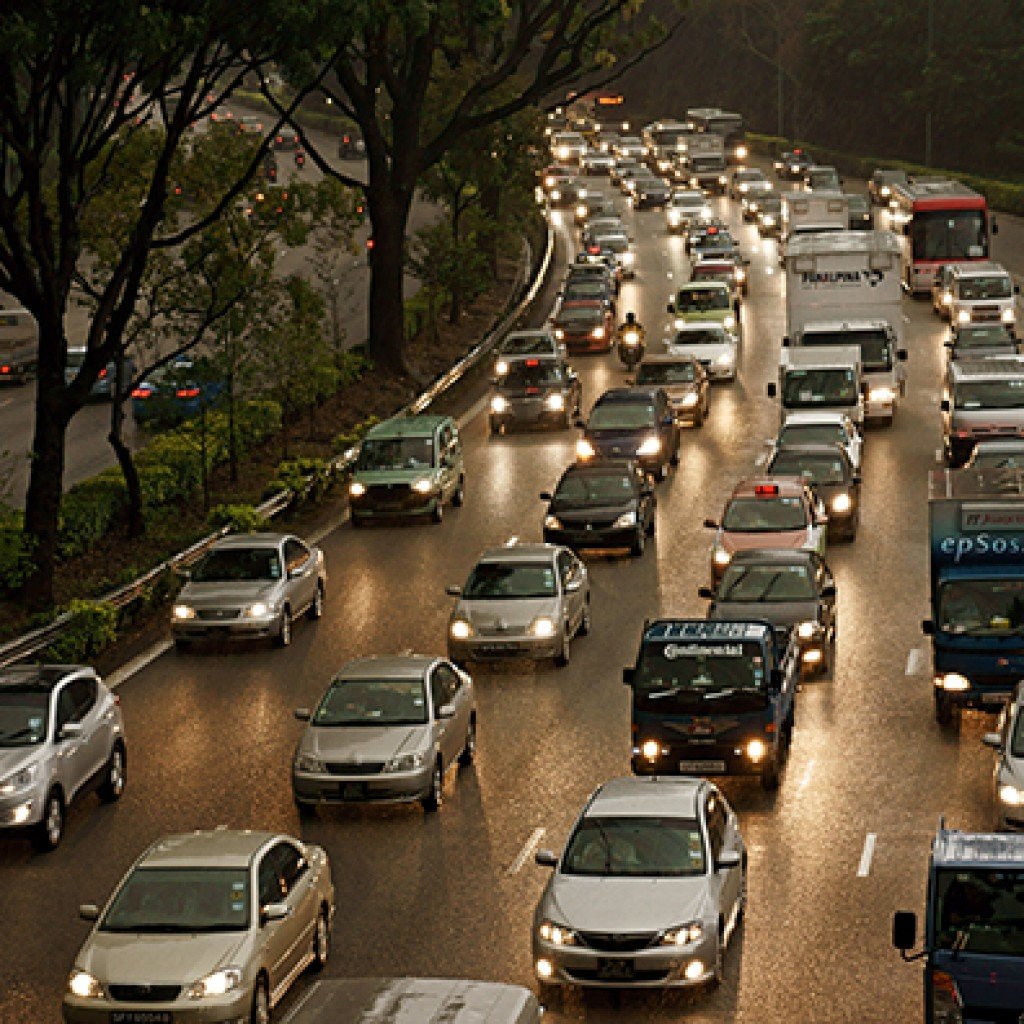Transport safety
Do dark evenings put your workplace drivers at risk?

 With driving for work purposes having its risks, the clocks changing and the evenings drawing in serves as a timely reminder for employers to make sure they are protecting their staff.
With driving for work purposes having its risks, the clocks changing and the evenings drawing in serves as a timely reminder for employers to make sure they are protecting their staff.
Employers have a responsibility for the health and safety of all employees carrying out work activities, this includes when they are driving for work. Offering workplace eyecare to drivers is, therefore, an important health and safety measure to have in place for those driving in the course of their work. It can, however, also be a valued benefit for any employee who drives as part of their normal commute.
With particular consideration towards the darker evenings, Dr Nigel Best, a clinical adviser for Specsavers Corporate Eyecare, offered the following advice:
Be aware of the issues:
- Depth perception, ability to distinguish colour, and peripheral vision, are all worse in low-light conditions.
- Xenon headlights are becoming more common. They are brighter than conventional halogen headlights. This benefits the driver but can be problematic for people driving oncoming vehicles.
- As we age the lenses inside our eyes lose their transparency, which can result in experiencing more glare when driving at night.
- Drivers tend to be more tired at night.
- Headlights do not illuminate as much of the road as broad daylight.
Dr Best’s guidance for employers:
- Be aware that driver eyecare and night-time driving advice applies to all drivers, not just professional drivers, but those attending occasional meetings or running errands too.
- Ensure your driver eyecare policy is up-to-date and widely communicated.
- Provide eyecare for all – this is the best way to ensure that employee eyesight is good enough for driving and that all drivers have their eyesight checked no matter how infrequently they drive for work purposes.
Dr Best’s guidance for employees:
- Dim dashboard lights to avoid reflections and having to adjust your eyes from the dark road.
- Turn your gaze away from the glare of on-coming headlights.
- Keep windscreens and mirrors clean.
- Reduce the effects of eye fatigue by keeping your eyes moving, scanning around the field of vision, rather than just focusing on one area.
- Never wear dark or tinted lenses for driving at night.
- Have your eyesight checked regularly – at least every two years. Eyesight can worsen gradually so changes are sometimes difficult to discern. Take advantage of employer-provided eyecare schemes.
Dr Best said: “It is quite common for people to find driving at night more visually demanding. Anyone experiencing problems with their driving vision after dusk should book an eye examination as soon as possible.
“Your optometrist will have plenty of advice and may be able to offer a solution to the problem.”
Do dark evenings put your workplace drivers at risk?
With driving for work purposes having its risks, the clocks changing and the evenings drawing in serves as a timely reminder for employers to make sure they are protecting their staff.
James Evison
SHP - Health and Safety News, Legislation, PPE, CPD and Resources Related Topics
The planning, conduct and evaluation of emergency exercises in rail transport
Top three areas to improve driver safety revealed in study
Driving Success

As a significant number of employees will be leaving work having just come off their DSE and many may be suffering mild to more serious eye-strain, double vision etc linked to Screen Fatigue (CVS) that often lasts for up to three hours or longer after coming off-screen.
A bit disappointed nay, surprised that there has been no reaction at all to raising awareness of increased risk now the dark nights are upon us representing “Personal Risk” outside of work hours commute home!
No wonder elf-an-safety professionals struggling to engage workers in “Behavioural Safety” as like, you know, they don’t seem too bovered about their “Personal Safety” in the first place and perhaps, one could go as far as saying, the majority of employees prefer to take the path of least resistance or making not no any effort at all when it comes to their health or safety including sustaining some work/life balance.
Self-medicating with energy drinks and/or strong coffee to kick-start the day and stay alert then missing regular visual break times, being communicative, mobile and taking a lunch break a recipe for work stress turning into performance anxiety exacerbated by screen fatigue and sleep deprivation.
No wonder employers consider elf-an-safety just a question of policy compliance rather than taking a parental duty of care over the the “souls on board” as, on aircraft or ships accepting their passengers by and large pay little lip service or attention to safety instructions in that scenario either……..